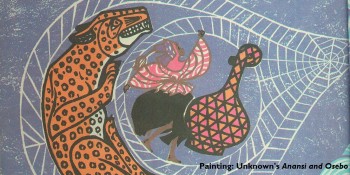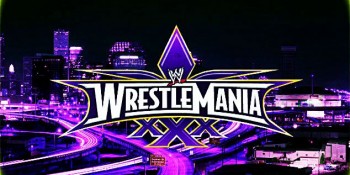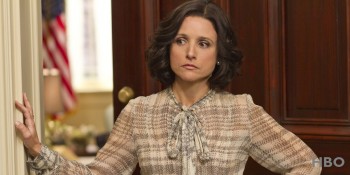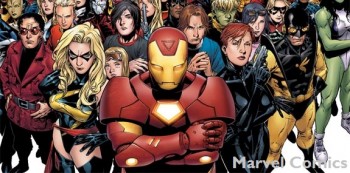The great Irish holiday has come and passed, and you may find yourself with some leftover Guinness, Jameson, and Baileys. That’s all right. I’ve got a healthy Irish car bomb brownie recipe for you to try. OK, “healthy” may be the wrong word for these little bits of heavenly Irish goodness. But they are a bit better for you, considering the alternatives.
I’m big on celebrating St. Paddy’s Day (and I’m very much an Irish girl), so I couldn’t resist mixing some of my favorite foods, drinks, and traditions. Of course, that means combining an Irish car bomb shot with chocolate.
I had my first Irish car bomb on St. Patrick’s Day when I was in college and, for a while, my friends and I would have chugging contests with a car bomb every time we went out. (After all, we were in college, and if you can make drinking into a game, of course you’re going to do it.)
But after a while, chugging isn’t really as appealing as it used to be. However, I still liked the taste of car bombs, and I wanted to be able to maintain my tradition of having one to celebrate the luck of the Irish. So when I saw the opportunity to make a dessert with all those ingredients, I jumped at the chance.
The best thing about these brownies is that not only are they delicious, but the taste of alcohol in them isn’t overwhelming; the Guinness actually makes the chocolate from the brownie mix taste even better. I’m normally a fan of doing my recipes from scratch, but occasionally I throw a boxed mix in just to make it easier on myself.
So here is what you’re going to need to make enough of these to share with friends, since I don’t advise eating the entire pan yourself (although I have to say, I did consider it):
Ingredients
For the brownies
1 box Ghirardelli Triple Fudge Brownie mix
1/2 cup Guinness Extra Stout beer
1/4 cup plain fat-free Greek yogurt
1 tablespoon Jameson Irish Whiskey
For the Irish cream drizzle
3/4 cup powdered sugar
1/2 tablespoon Baileys Irish Cream
1 tablespoon water* (read note below)
Now that you have all your ingredients, it’s time for the fun part.
Directions
Brownies
Preheat your oven to 325 degrees Fahrenheit and lightly spray the inside of an 8-by-8-inch baking dish with non-stick cooking spray. Set the pan aside. (I’m sure the recipe will work with a 9-by-9-inch dish as well; the baking time will vary.)
In a large bowl, combine the brownie mix, beer, Greek yogurt, and whiskey until well-blended.
Pour the mixture into the prepared baking dish and bake for 40 to 49 minutes** or until cooked through (dependent, in part, on the size of the baking dish).
When the timer rings, buzzes, quacks, or otherwise notifies you that your brownies are done, check them with a toothpick in the center and around the edges of the pan. If it comes out clean, and if the top springs back a bit when you press on it with the palm of your hand, you’re good to go. If not, put them back in the oven for a few minutes (usually about 2 to 5) and keep an eye on them.
When the brownies are done, remove them from the oven and allow to cool.
The glaze
While the brownies are cooling, mix together the ingredients for the glaze.
Once the brownies are cool (or, at least, cooler), drizzle the glaze over the top and, voil…! Your Irish car bomb brownies are ready to enjoy!
* – I used 1 tablespoon of water and the glaze came out thinner, which I like because it isn’t too sugary. However, if you like a thicker glaze, start with 1/2 tablespoon and, if the glaze seems too thick, add water by the 1/4 tablespoon until you reach the desired consistency.
** – These took longer than 49 minutes for me, so don’t be alarmed if you’re getting over the time limit and they don’t seem done. Just keep your eye on them and test the center with a toothpick.
I hope you enjoy these as much as I did. Make sure you check out my other recipes, and please feel free to leave feedback and share any ideas you have with me for new recipes to try.











